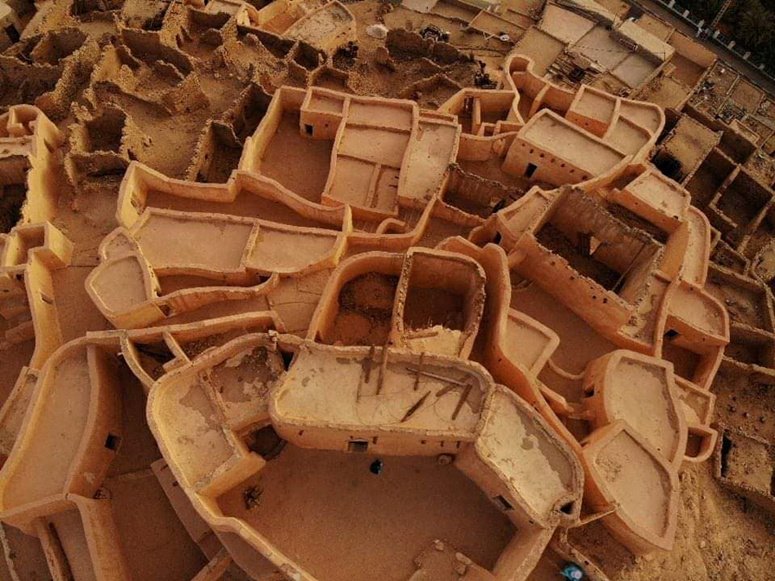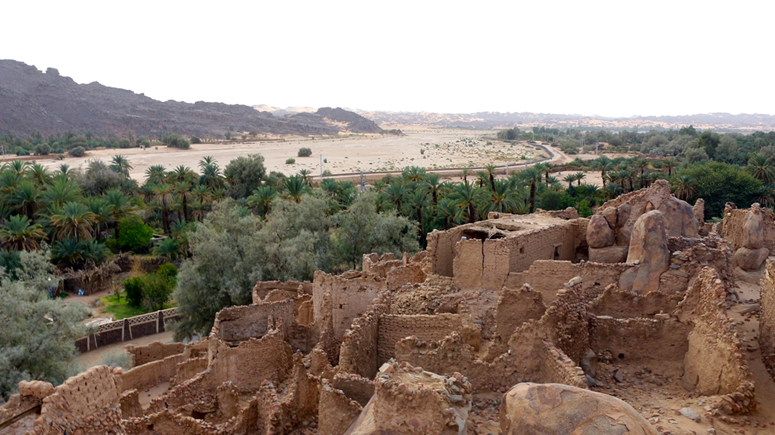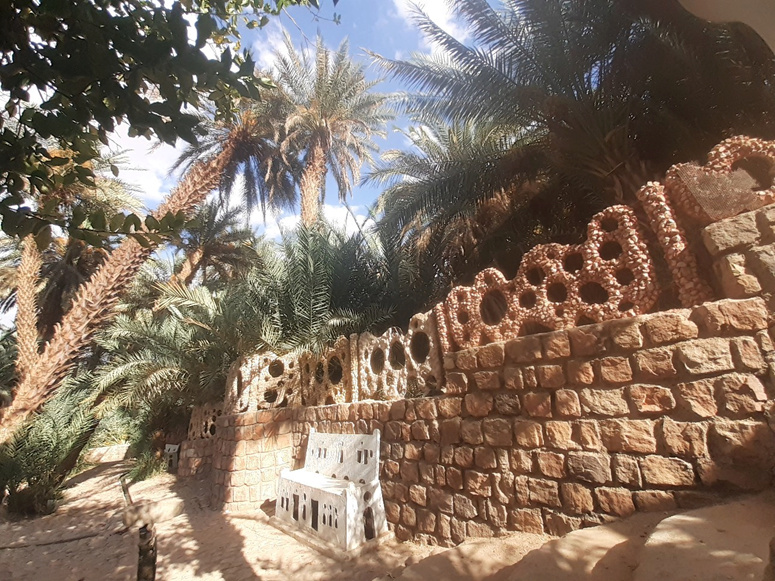Treasures of the city of Djanet .. 3 "passing time" palaces

al-mihan al-atiq palace (photo: in my country)
The city of Djanet, located in the state of Illizi in southeastern Algeria, is not only replete with the most beautiful sunsets in the world, according to the words of some tourists, nor the traditional “Sabiba” festival that is celebrated on the tenth day of the month of Muharram every year (Ashura) only, nor its archaeological sites and museums. The natural open air, not only its vast desert, and the drawings engraved in the rocks and caves of Tassili, but it is also famous for its three thousand-year-old palaces.
The "Tgurvet" palace is considered one of the most beautiful and oldest palaces in the city of Djanet. Its name dates back to one of the tribes of the region. Its construction dates back more than 9 centuries.
The palaces of “Azloise”, “Al-Mihan” and “Agahil” .. three masterpieces that stand tall in the charming city of Djanet, which is called the capital of Tassili and the pearl of the Algerian desert. and celebrities.
The palaces, or "Egrman" as they are called in the local Taruk dialect, were built on the banks of the "Agrio" valley with great care. The date of their construction is not known to be exact, but experts have suggested that they are between seven and nine centuries old. The oldest of them is the "Al-Mihan" palace, which is nine centuries old.
The three palaces: "Azloise" (north of Djanet), "Al-Mihan" (center) and "Agahil" (south) were classified as a protected national heritage in 2018, so that the three of them meet in one of the largest natural reserves in Algeria and the Tassili-Najer world, and it is considered a heritage memory and a memory The urban fabric of Djanet. In addition, it is a destination for tourists, personalities, ambassadors, and celebrities. Perhaps the most prominent visitor was former French football star Zinedine Zidane, who visited it in 2009 when he was a goodwill ambassador.

The three palaces occupy a strategic location in the region or oasis of Djanet, which is characterized by a mild climate in the winter and spring seasons, where the palaces of "Al-Mihan" and "Azloise" meet, and they are located on one bank above the palm oases and the "Argro" valley. As for the "Agahil" palace, it is located in The second bank of the valley lies at the bottom of a mountain range that is said to be full of gold.
"Azloise": It is located in the northeast of the Oasis of Djanet, and its name means before sunset. It is a sprawling palace on a high plateau below which there are palm oases. You may be surprised at the way it was built. This palace is built on rocks and climbing to it because of the collapses it witnessed in previous years seems difficult in Some places, especially since the dust and fallen rocks closed the paths and filled some of his houses.

In addition, many residents did not take into account its historical and heritage value and made changes in the level of construction and engineering by using modern building materials such as bricks, cement and paint, which made it lose its luster and its traditional shape. In addition, a large part of the ceilings of the "Azloise" palace have no trace, the walls of its houses are demolished, and its passages are besieged by rubble and rocks..and this is despite the restoration operations that were carried out, but they did not stand with the passage of time.
Agahil: An ancient palace built with mud and wood (palm leaves), which tells the history and legends of Djanet. It is distinguished, in addition to its unique architecture, with its beautiful main entrance, a beautiful shape and design, a water source, a picturesque oasis, an ancient watering system, and some traditional handicraft products. It still resists natural factors and oppression. Man, some of its parts have deteriorated, while others have preserved their shape and are steadfast in the face of various factors, especially the modifications that the incoming population added to it without taking into account its original traditional architecture, and changing its original materials using cement and gypsum, which distorted its shape and lost its historical and heritage luster. Not to mention that it is besieged by dirt and waste on every side, despite the presence of residents, most of whom are from sub-Saharan African countries.

"Al-Mihan": the oldest and most magnificent palace, known as the "Tgurfit" palace, relative to the name of one of the tribes (Aroosh) in the region, and its age is more than nine centuries, according to experts. "Tgurvit" in preserving it and making it a destination for tourists and a space to embrace various cultural and artistic activities.. Within it is a buried history that dazzles visitors.

Shortcomings in numbers:
- Agahil: its total area is 9,214 square meters, the population absorption rate is 42 percent, and the number of occupied units is very small.
- Azluza: a mansion that sits on an area of 36,897 square meters, the population density that can accommodate 88 percent, but the inhabited units are estimated at only 21 units.
Al-Mizan Palace is considered the least of the palaces that were damaged by time or through the modifications that were made to these archaeological monuments in the region
Al-Mizan Palace: The least damaged palace, its area is 14,946 square meters, the population density that can be accommodated is 70 percent, the number of inhabited units is about 56 units.
Source : websites

